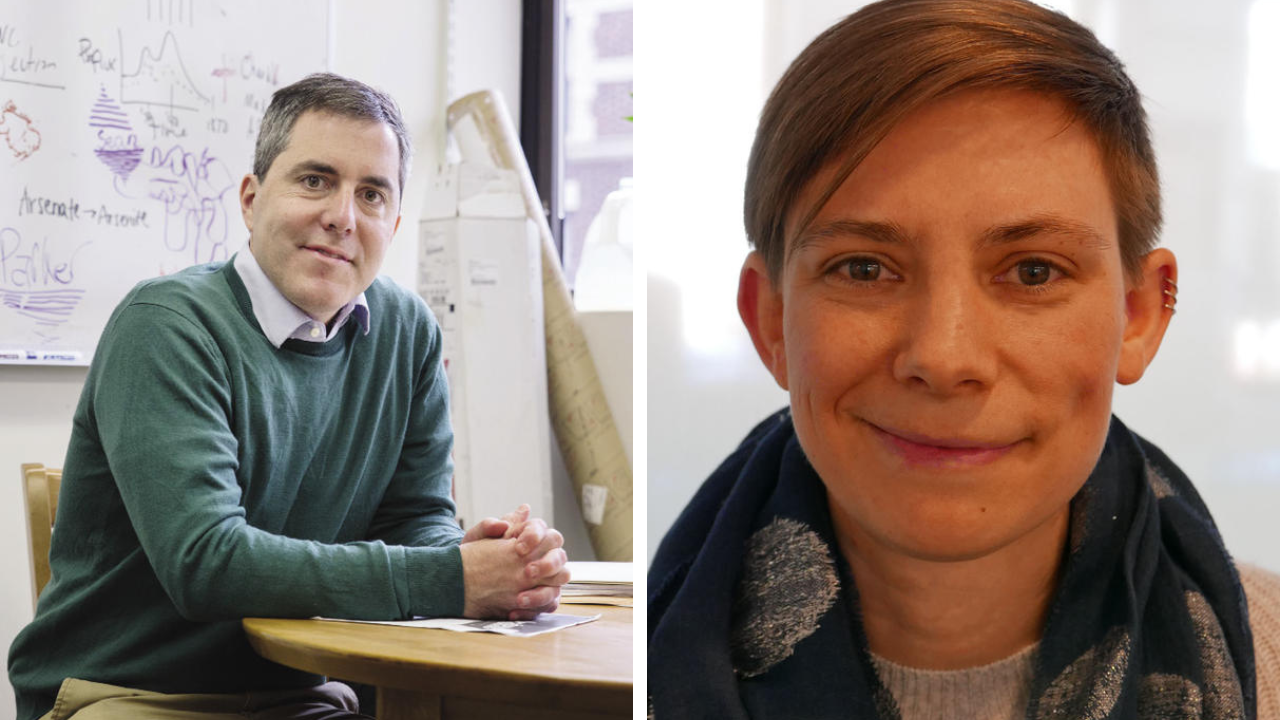On July 11, 2024, Brian Mailloux, professor of environmental science and Co-Chair of the Environmental Science Department, and Elizabeth Cook, assistant professor in environmental science, published new research alongside Terryanne Maenza-Gmelch, senior lecturer in environmental science, Gabriella Kaspi ’21, Madeline Miley ’20, senior assessment analyst, Ella Komita-Moussa ’20, Ella Steiger ’19 and other colleagues in the journal PLOS ONE. The article, “Large-scale determinants of street tree growth rates across an urban environment,” focuses on analyzing the growth of individual trees in New York City using a three-step alignment process.
The researchers used the information they gathered to create a new New York City tree growth database, which allowed them to identify the types of trees most abundant in the city and those with the fastest growth rates. One interesting finding is that trees in low-income neighborhoods (i.e. those with higher Social Vulnerability Index scores) appear to grow trees in wealthier neighborhoods. This has major real-world implications for tree-planting programs in low-income communities that are designed to provide much-needed shade in hot weather. Since certain areas in NYC, such as the South Bronx, can be up to 8 degrees hotter in the summer than the Upper West and East sides of Manhattan, ongoing street tree planting efforts should consider these growth rates and involve the community to ensure long-term ecosystem benefits throughout NYC.
